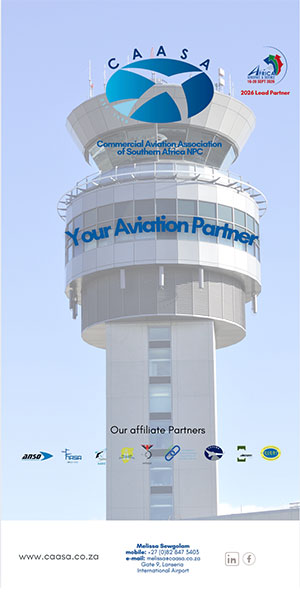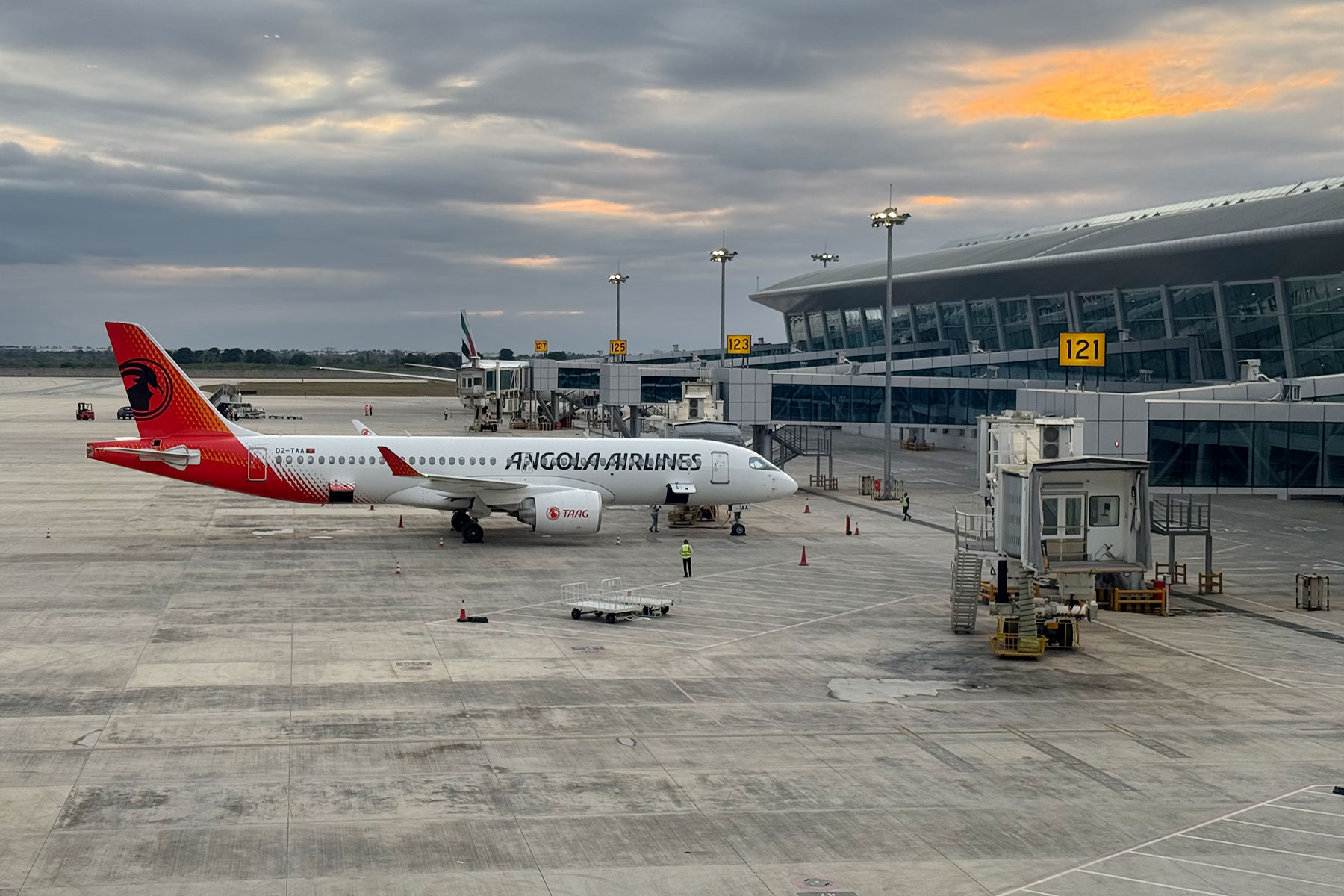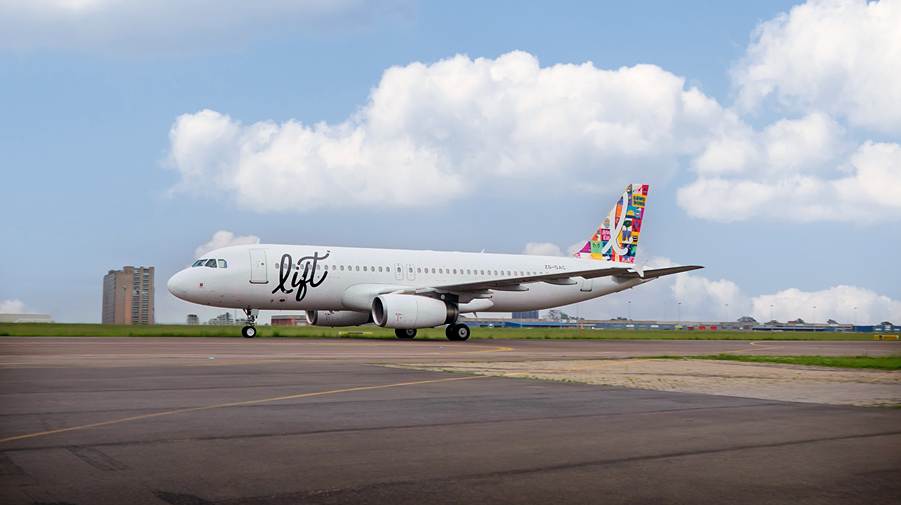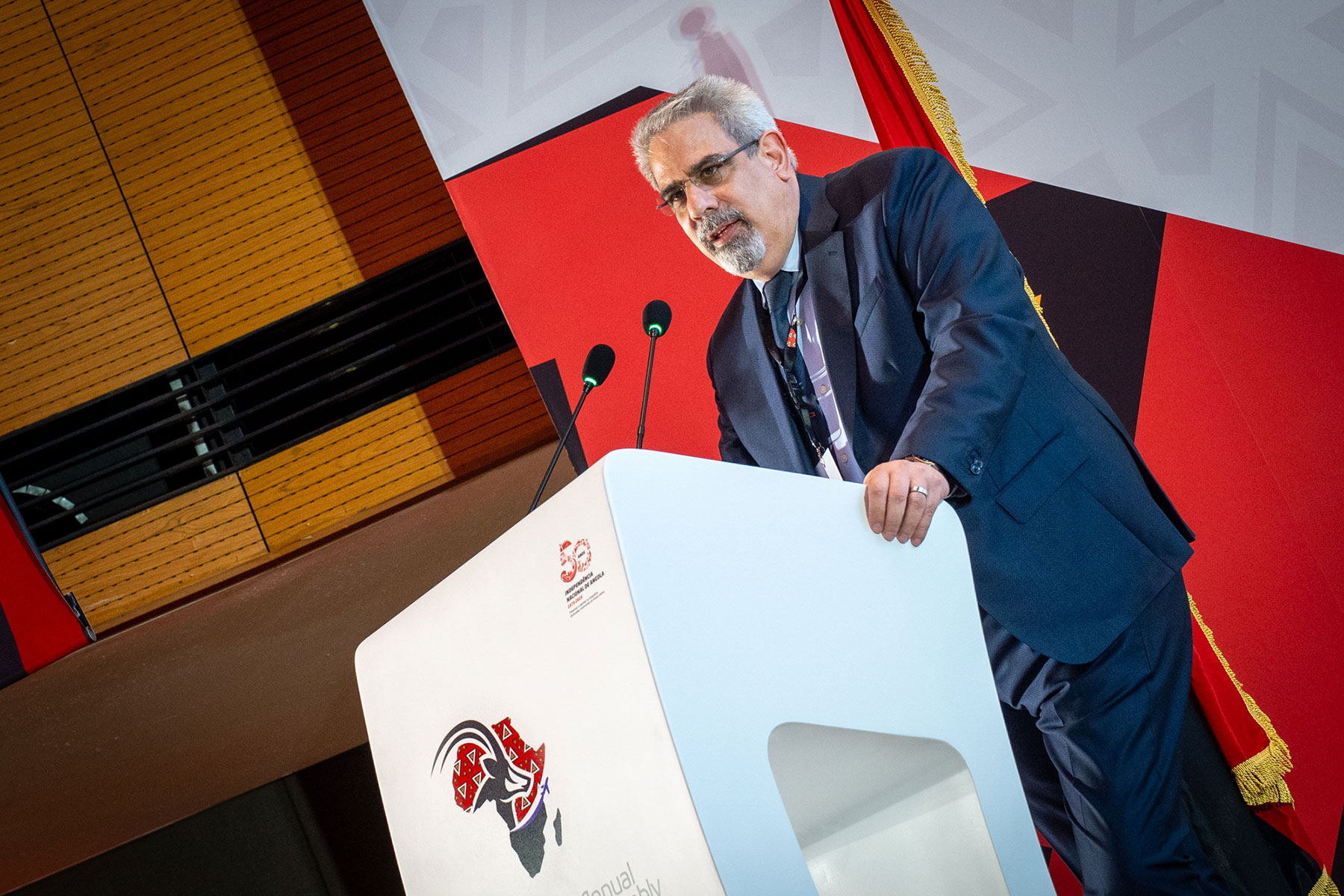South Africa’s aviation industry has, over the last few months, been keeping an eye on the dwindling fuel levels supporting the nation’s skies. Historically these below-average levels were a direct knock-on effect of the 2021 shutdown of the Engen oil refinery in South Africa, along with the disruption in feedstock supply for state-owned PetroSA’s gas-to-liquids plant. However, aviation woes were intensified in the wake of a devastating fire at the National Petroleum Refiners of South Africa (NATREF) refinery on January 4, 2025.
The fire, which caused extensive damage to the refinery’s infrastructure, led to a scramble by various stakeholders to prevent disruptions in the aviation and transport sectors. With the refinery’s full reopening expected in late February, and millions of litres of fuel heading to the airport through alternative sources, the government declared the aviation industry in the clear from total shutdown. But, is there really light at the end of the tunnel, or are we just bandaging over imminent disaster?
A Devastating Knock-On Effect
NATREF, a joint venture between Sasol and the UK’s Prax Group, has long been a crucial player in South Africa’s fuel production, producing a significant share of the nation’s jet fuel, diesel, and gasoline.
The fire, which struck the refinery in Sasolburg, left only one functioning unit in the country, sending panicked stakeholders to make alternative arrangements. ACSA (Airports Company South Africa) reported at the beginning of February that the airport held only 27.1 million litres of jet fuel in stock, which would be sufficient for just over a week of operations. Given that the airport consumes approximately 3.6 million litres daily, this reserve would not last long into February, when fuel demands are expected to soar.
A Scramble to Make Ends Meet
In response to the looming crisis, the National Department of Transport and other stakeholders rushed to secure alternative fuel supplies. Through a series of negotiations, the industry has managed to secure a total of 121.1 million litres of jet fuel to tide the airport over until NATREF’s reopening at the end of February.
The Department of Transport subsequently topped that amount up by securing more through alternative agreements, stating, “An additional 59 million litres of jet fuel have been injected into the pipeline in the last week… and this volume will arrive at ORTIA by 6 February. This volume may necessitate the removal of the current restrictions on airlines and bring the fuel supply closer to normal operations.”
They then went on to reassure the industry, “In addition, the fuel industry has also agreed to establish a mechanism to share across contracted airlines so that any airline whose supplier runs short is able to access from a non-contracted supplier.”
However, despite these short-term measures, it remains to be seen whether they will be enough to prevent disruptions. Stakeholders, including Sasol and the Airport Company South Africa (ACSA), have expressed concerns over the adequacy of fuel reserves and have developed a logistics plan to ensure that imported fuel reaches OR Tambo in time for airline operations. Minister Barbara Creecy has emphasised the importance of building a longer-term fuel reserve to mitigate the risks of unforeseen disruptions.
But is this Really a Silver Lining?
While the situation remains precarious, the expected re-opening of NATREF at either the end of February or perhaps early March offers only a sliver of hope. Once the refinery resumes operations, it will help replenish jet fuel stocks and restore some level of stability to the country’s fuel supply chain.
But, the industry is asking the important questions; what if it doesn’t open in time and what if something similar happens again? The re-opening of NATREF will certainly provide some relief, but whether it will mark the end of the fuel shortage crisis in South Africa remains uncertain. While the efforts of the National Department of Transport, ACSA, and other key stakeholders work to mitigate the impacts of the shortage, the fact is that the situation is a delicate balancing act.
In the interim, and perhaps for the foreseeable future, the nation must rely on negotiated streams of imported fuel, logistical planning, and strategic reserves to keep the wheels of its aviation and transport sectors turning. The next few weeks will be crucial in determining whether South Africa can overcome the worst of this fuel crisis or if it will continue to face volatility in its fuel supply chain for the foreseeable future.














